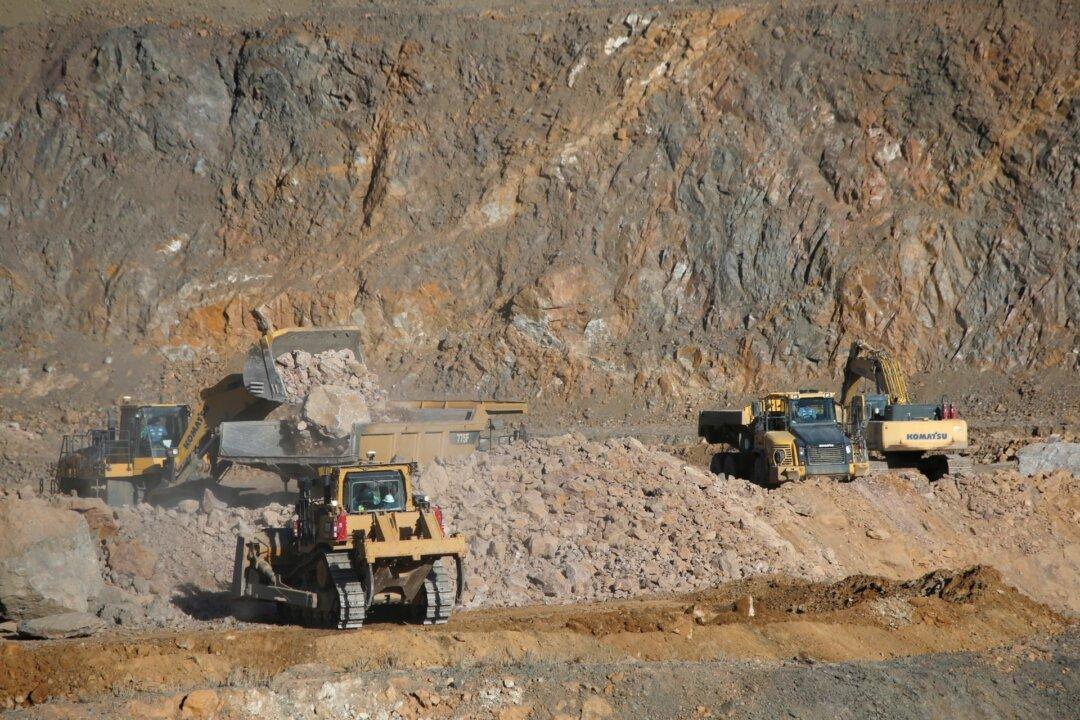Commentary
The United States is vastly behind the times when it comes to rare earth elements, and its reluctance to embrace the mining and processing of rare earths has created quite the conundrum.

The United States is vastly behind the times when it comes to rare earth elements, and its reluctance to embrace the mining and processing of rare earths has created quite the conundrum.